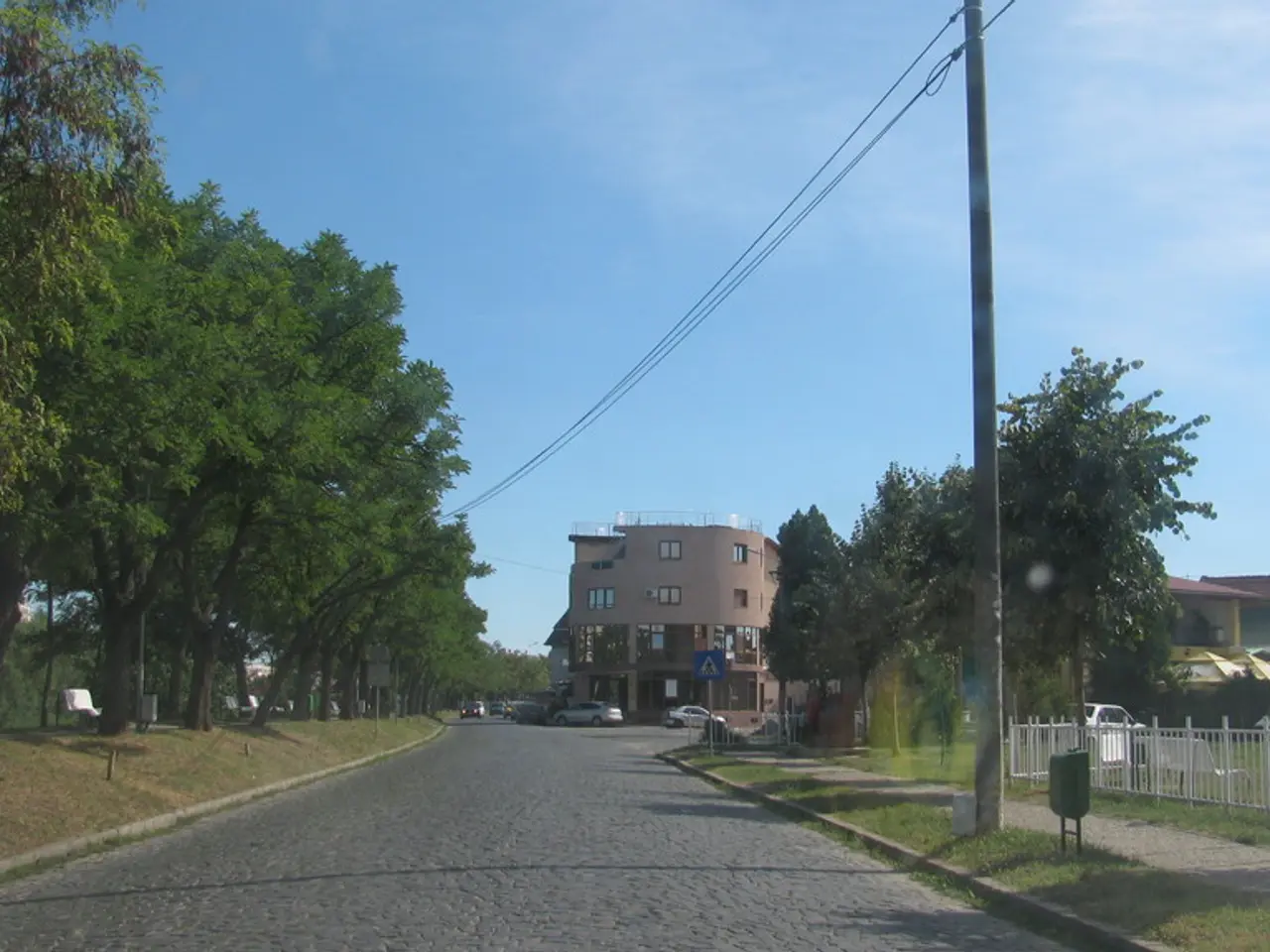Boosting Energy Efficiency Through Solar Installations by RACV
Tamsin O'Neill and Tom Bodycomb, the founders of Green Magazine, have taken their commitment to sustainability to the next level with their smart energy home in Aireys Inlet. The not-quite-hectare of intact open woodland property, boasting views to the north and west, now houses a solar energy solution that embodies the principles of affordability, bushfire resistance, and prefab construction.
Solar Panels for Renewable Energy
The heart of the system is a Trina PV solar panel system with an 8.5kW capacity, comprising 20 x Trina Vertex S 425W panels. Strategically placed to maximise efficiency during the long, sunny summer months, these solar panels capture sunlight and convert it into electricity, providing a renewable energy source that reduces reliance on the grid and lowers electricity bills.
Energy Storage for Independence
Excess energy generated by the solar panels during the day is stored in an 11kWh BYD battery stack for use at night or during periods of low sunlight. The Fronius Primo GEN24 6kW Hybrid inverter was installed to manage this energy storage system, ensuring a steady power supply and enhancing energy independence, even during outages.
EV Charging for a Carbon-Neutral Lifestyle
To further minimise their carbon footprint, a Zappi 7kW tethered EV charger was installed for electric car charging. This allows electric cars to be charged efficiently using solar power, reducing fuel costs and promoting a more sustainable lifestyle.
Smart Energy Management for Optimised Efficiency
While not explicitly listed, the home likely includes a smart management system that monitors energy production and consumption in real-time. This system can intelligently control when to draw power from the battery, charge the EV, or feed energy back to the grid, maximising efficiency and savings.
Benefits of a Smart Energy Home
The benefits of this setup are manifold. By generating and storing their own electricity, Tamsin and Tom can expect reduced energy costs, estimated to be $1,743 annually. The solar energy solution also produces 10,574kWh annually, resulting in carbon savings of 11.3 tonnes annually.
Moreover, this smart energy home promotes environmental sustainability, as using solar energy and electric vehicles significantly reduces carbon emissions. The energy independence and resilience provided by the battery storage system offer protection against grid outages.
The convenience and control offered by the smart management system allow users to optimise energy use based on their lifestyle and energy rates. Lastly, such energy-efficient homes are increasingly sought after in the market, enhancing their property value.
In summary, Tamsin O'Neill and Tom Bodycomb’s smart energy home leverages solar generation, battery storage, and EV charging integrated through smart management to create a clean, cost-effective, and sustainable living environment. This model of sustainability sets a high bar for future homes and contributes to a greener future.
- Tamsin O'Neill and Tom Bodycomb's commitment to sustainability extends to their home, where a solar energy solution, including Trina PV solar panels and a BYD battery stack, generates renewable energy.
- The smart energy management system installed in their home optimizes energy use, controls when to draw power from the battery or feed energy back to the grid, and monitors energy production and consumption in real-time.
- To further minimize their carbon footprint, a Zappi 7kW tethered EV charger was installed for charging electric cars efficiently using solar power.
- By employing these environmentally friendly practices, Tamsin and Tom can expect reduced energy costs, estimated to be $1,743 annually, and carbon savings of 11.3 tonnes annually.
- In addition to financial and environmental benefits, their smart energy home increases property value, as energy-efficient homes become increasingly sought after in the real-estate market.




